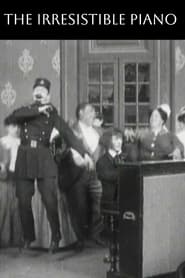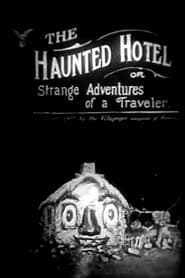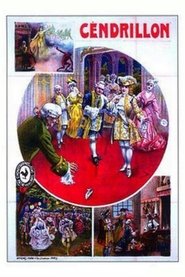kategori film tahun 1907

The Talisman 1907
"Le Pied de Mouton" is an adaptation of an old French stage play titled "The Talisman" written by Alphonse Martainville and César Ribié. The atmosphere is hilarious, oneiric and delicious. The film tells the story of Gusman and Léonora, two lovers who must deal with many spells and troubles in order to preserve their love. The tale is full of princes and princesses, damsels in distress, good witches and wicked lords and is an amazing piece of work.
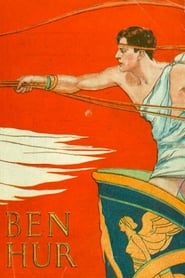
Ben Hur 1907
The first adaptation of Lew Wallace's novel, Ben-Hur: A Tale of the Christ.

On the Barricade 1907
During the Paris Commune, a boy runs across trouble at the barricade. This film, which has been mistakenly attributed to Alice Guy (she married and moved to the United States in March, 1907), was shot by Etienne Arnaud on August 12th, according to the director's own, preserved notes.

Harlequin's Story 1907
Polichinelle the servant (called Harlequin in the English language version) rescues his girlfriend from a gang of decadent aristocrats, who have transformed her into a mechanical doll.
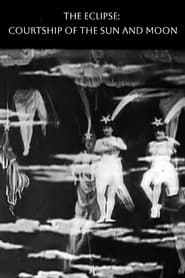
The Eclipse: Courtship of the Sun and Moon 1907
In this film, Méliès concocts a combination fairy- and morality tale about the foolishness of trying to look too deeply into the workings of an unstable and inscrutable universe. At a medieval school, an old astronomer begins to teach a class of young men, all armed with telescopes, about the art of scrutinising an imminent eclipse. When a mechanical clock strikes twelve, all the young men rush to the windows and fix their telescopes on the heavens.
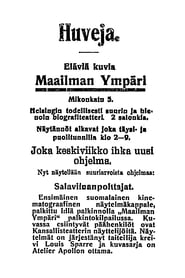
Salaviinanpolttajat 1907
No prints of the film have been preserved so the film can be considered a lost film. The original screenplay has also been lost. However, some plot descriptions are still known based on contemporary newspaper advertisements of the film. As the name would indicate, the film tells about two local men who are making moonshine in the woods. A customer comes to them, and while sampling the product they start a game of cards, which eventually leads to a fight. While the fight is going on, the local police shows up and arrests the makers while the customer manages to escape.(Wikipedia)

The 'Teddy' Bears 1907
A combination of the story of Goldlocks and the Three Bears with the true story of how Teddy Roosevelt spared a bear cub after killing its mother while hunting, an event which led to the popularization of the teddy bear. Goldilocks goes to sleep in the bears' home after watching six teddy bears dance and do acrobatics, viewing them through a knothole in the wall. When she is awoken by the returning bear family, they give chase through the woods, but she runs to the aid of the Old Rough Rider, who saves her.
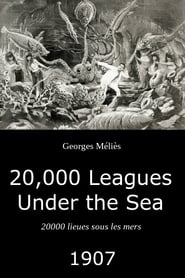
20,000 Leagues Under the Sea 1907
The film, a parody of the novel Twenty Thousand Leagues Under the Sea by Jules Verne, follows a fisherman, Yves, who dreams of traveling by submarine to the bottom of the ocean, where he encounters both realistic and fanciful sea creatures, including a chorus of naiads played by dancers from the Théâtre du Châtelet. Méliès's design for the film includes cut-out sea animals patterned after Alphonse de Neuville's illustrations for Verne's novel.
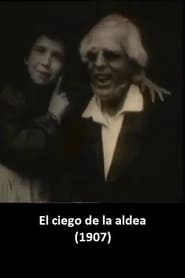
The Village Blind Man 1907
It is an early example of the rural melodramas that were going to be popular in Spain, with situations that Bunuel will enjoy subverting. The outside locations have probably not been modified and therefore present an interesting reflection of the rural Spain around Valencia. The blind man of the title is not central character of the narrative, a nice twist.
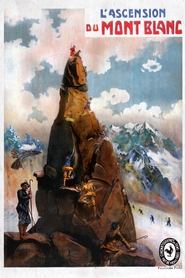
The Ascent of Mont Blanc 1907
Joseph Vallot and his team of guides and porters climb Mont Blanc in 1906. Their ascent will take three days. They spent their nights at the Grands Mulets refuge and the Grand Plateau refuge. This is the very first successfully filmed ascent. Joseph Vallot (1854-1925), rich heir of Lodève in Occitania. He devotes part of his fortune to the observation of the Alps, sometimes opposing the scientific community. He built an observatory, still standing today.

The Abduction of the Slave Women 1907
Four Arab men in white burnouses, two women in grey, and one female cook in striped burnous, are sitting in front of a cave in a forest path.

